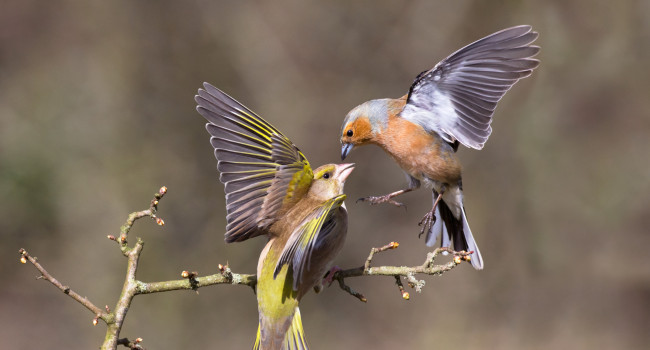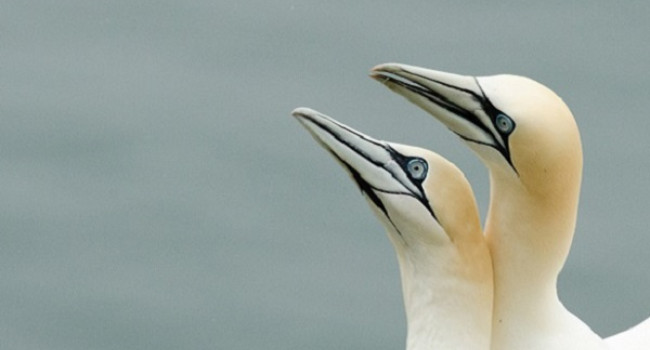Combining host and vector data informs emergence and potential impact of an Usutu virus outbreak in UK wild birds

Author(s): Lawson, B., Robinson, R.A., Briscoe, A., Cunningham, A.A., Fooks, A.R., Heaver, J.P., Hernández-Triana, L.M., John, S.K., Johnson, N., Johnston, C., Lean, F.Z.X., Macgregor, S.K., Masters, N., McCracken, F., McElhinney, L.M., Medlock, J.M., Pearce-Kelly, P., Seilern-Moy, K., Spiro, S., Vaux, A.G.C. & Folly, A.J.
Published: June 2022
Journal: Scientific Reports Volume: 12
Article No.: 10298
Digital Identifier No. (DOI): /10.1038/s41598-022-13258-2
Abstract
Usutu virus was first detected in Africa and has spread to multiple countries across mainland Europe since 1996. The virus is transmitted between mosquito vectors and birds, the main amplifying hosts, with a number of passerine species known to be susceptible. The virus has been shown to be responsible for mortality in Blackbirds at a scale sufficient to bring about a decline in their populations in some countries, e.g. Germany. Usutu virus infection in humans is apparently rare, and the evidence suggests predominantly asymptomatic, but small numbers of cases have been detected in areas where the virus has become established. For this reason, surveillance for the virus in wild bird populations here in the UK can provide valuable information, both on possible impacts on bird populations and to support public health risk assessments.
The virus was detected for the first time in the UK in August 2020, being found in five Blackbirds and one House Sparrow in Greater London (Folly et al. 2020). However, the extent and impact of this incursion on local bird populations was unclear and there was an urgent need to secure evidence from which to determine the possible impacts. This study presents that evidence and brings together data from independent host and vector surveillance with wildlife population monitoring schemes.
The researchers, drawn from the Institute of Zoology, BTO, the Natural History Museum, Animal and Plant Health Agency and the UK Health Security Agency, carried out intensive trapping of mosquitoes at the site where the infected birds had been found. RNA extracted from the trapped mosquitoes was subjected to Usutu screening, with samples testing positive then submitted for more detailed sequencing to determine the Usutu lineage involved. In addition, samples from garden bird and bird of prey submissions to three disease surveillance schemes – one of which was Garden Wildlife Health – were subject to similar screening. This screening extended the routine Usutu screening of Blackbirds and owls already in operation since 2012 to cover a broader suite of species.
In order to establish whether there was any signal of increased Blackbird mortality in summer 2020 that might indicate wider Usutu virus circulation, disease incidents reports from Garden Wildlife Health were reviewed. Alongside these, it was possible to use the long-term population monitoring delivered by BTO Garden BirdWatch and the BTO/JNCC/RSPB Breeding Bird Survey to investigate Blackbird population trends across the UK.
The targeted mosquito surveillance confirmed that Usutu virus was circulating at the site in Culex pipiens, a common mosquito species in temperate urban habitats and one that feeds primarily on birds. None of the 372 wild birds (including 43 Blackbirds) tested for Usutu virus between 2012 and 2019 tested positive and, apart from the five Blackbirds and one House Sparrow from the index site, neither did any of the 115 birds (including 15 Blackbirds) tested in 2020. There was significant clustering of Blackbird disease incidence reports from the Garden Wildife Health scheme in Greater London, the South East and East of England during the summer of 2020, consistent with a regional increase in Blackbird mortality around the time of the Usutu cases, but these data are opportunistic and should be interpreted with care.
The weekly reporting rate of Blackbirds in Greater London gardens, from BTO Garden BirdWatch, declined by up to 50% from mid-July 2020, lasting into November, and was contemporaneous with the period of Usutu detection. Whilst this value then began to recover, it remained c.30% below the corresponding figure from 2019. A much less marked reduction was observed over the same period in the South East (7% down) and East of England (5% down), with these values returning to their historical range by the end of the year. In contrast, no notable variation was evident in the equivalent data for Starling, House Sparrow or Robin. BBS data showed the population trends for Blackbirds to have been stable between 2011 and 2019 in the UK and South East England.
The results of the study do not provide any evidence of a wider outbreak, which is reassuring, but it is important to bear in mind the small numbers of birds screened through the annual surveillance programmes. While the opportunistic Garden Wildlife Health data and more systematic Garden BirdWatch data provide a suggestion that the outbreak might have had a broader impact, it will be the results of the Breeding Bird Survey that will demonstrate any wider population level effects. There is, however, a lag in the publication of these data, and so being able to access the near real-time observations of Garden Wildlife Health and Garden BirdWatch provides an early indication of possible disease emergence and its effects. Importantly, the study illustrates the value of integrating disease surveillance and long-term population monitoring schemes to evaluate disease impact, and to use control species to explore potential confounding drivers of population change (such as climate).







Share this page